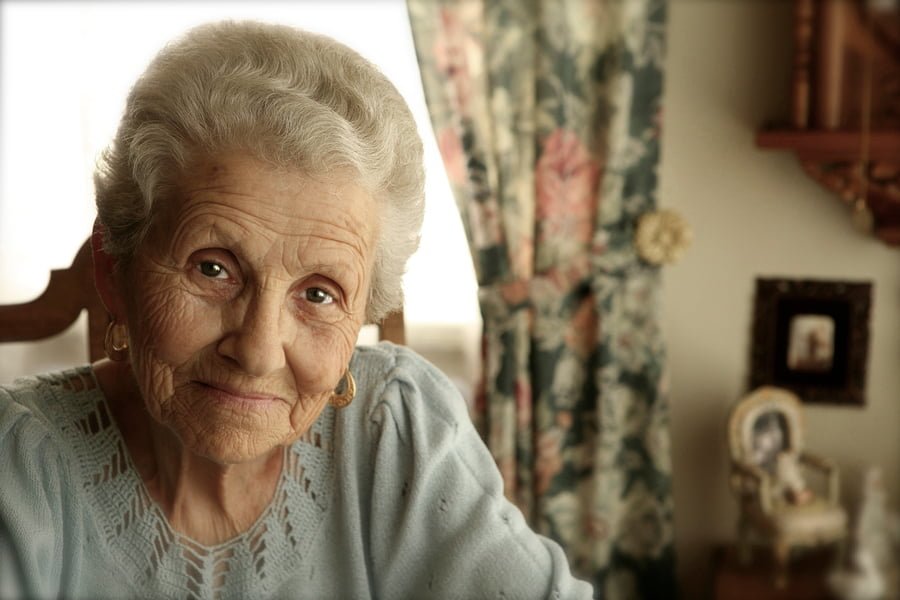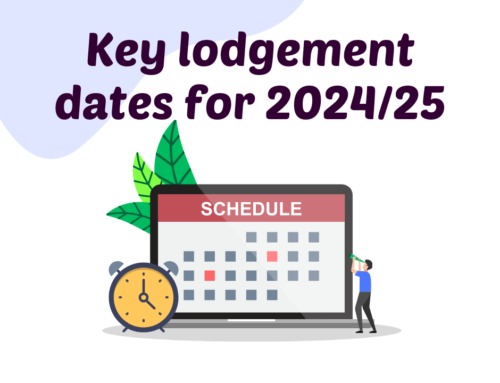Jane wants to afford her ongoing aged care fees and living expenses and provide an inheritance for her children whilst retaining access to some funds. Jane is 85 and widowed. She was living on her own for some time after her husband passed away, but has become frail with age.
By guest author: Challenger
Jane is 86 and widowed. She was living on her own for some time after her husband passed away, but has become frail with age.
After researching her options with the help of her family, Jane was assessed by an Aged Care Assessment Team as requiring residential care and found a suitable aged care home to move into.
Jane’s residential aged care home is advertised for $350,000. She sells her home to pay a Refundable Accommodation Deposit (RAD) of $350,000. She now has $300,000 in term deposits and $50,000 in cash and wants to explore other strategies for this money.
If Jane leaves her money in cash and term deposits, based on rates and thresholds as at 20 September 2017, her year one estimated Age Pension entitlement is $20,127. Also, her total aged care fees are $28,167 (consisting of a basic daily care fee of $18,038 and a means-tested care fee of $10,129).
Jane visits a financial adviser to find out whether she will be able to pay for her aged care fees and $5,000 per annum of other ongoing living expenses.
Jane’s assets
After paying a RAD of $350,000 Jane has $300,000 in term deposits, $50,000 in cash and $5,000 in personal effects.
Goals
To afford her ongoing aged care fees and living expenses, provide an inheritance for her children and retain access to some funds.
The financial adviser’s recommendation
The first strategy Jane’s financial planner considers is to retain her existing portfolio of term deposits and cash.
Her financial adviser estimates, if the strategy was implemented, Jane’s total ongoing aged care costs over the next three years are projected to be $85,130.
After factoring in her total income over the three year period, including the Age Pension, there is a total shortfall of $6,775 that will need to be funded.
Jane’s financial adviser explores alternate strategies to help improve this outcome. These include an investment bond within a private trust and an investment in Challenger CarePlus (CarePlus).
Her adviser explains that the most appropriate strategy will be one that helps meet her ongoing cash flow and estate planning wishes.
CarePlus
CarePlus is designed especially for those who are eligible to receive Government-subsidised aged care services (including both home and residential care) or who are living in an approved residential aged care facility.
CarePlus provides Jane with a guaranteed regular income for the rest of her life to help cover the costs of aged care and living expenses.
When Jane passes away, 100%
CarePlus may also help reduce Jane’s aged care fees as a result of the effective way CarePlus interacts with Centrelink and aged care rules.
To help Jane achieve her objectives, her financial adviser recommends an investment of $300,000 into CarePlus.
The remaining $50,000 will stay in cash in case Jane needs access to funds.
By investing in CarePlus, Jane can improve her cash flow in year one. She can also maximise the value of any benefit payable to her estate/children when she passes away.
If you would like to arrange an appointment with our Aged Care professional, Jeanette O’Connor, please email or call her on (02) 4455 5333.
Related links:
AGED CARE – FAQs
AGED CARE – STEP BY STEP
AGED CARE CASE STUDY – Meet Donald
My Aged Care






